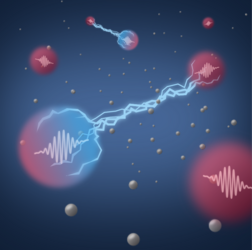
Rooted in our elementary understanding of light lies the notion that photons in vacuum do not interact with one another. This defining property is crucial to optical communication technologies, as it enables low-loss and light-speed transmission of information over long distances. Yet, the ability to engineer such interactions synthetically holds profound implications for both fundamental and applied science, and has since ushered in a new era of research into nonlinear optics at the ultimate quantum level. In our group, we investigate the such exotic interactions and search for new mechanisms for their emergence in various systems from cold atoms and thermal vapour to solid-state materials.
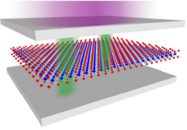
The realization of exciton polaritons—hybrid excitations of semiconductor quantum well excitons and cavity photons—has been of great technological and scientific significance. In particular, the short-range collisional interaction between excitons has enabled explorations into a wealth of nonequilibrium and hydrodynamical effects that arise in weakly nonlinear polariton condensates. Yet, the ability to enhance optical nonlinearities would enable quantum photonics applications and open up a new realm of photonic many-body physics in a scalable and engineerable solid-state environment. Here we outline a route to such capabilities in cavity-coupled semiconductors by exploiting the giant interactions between excitons in Rydberg states. We demonstrate that optical nonlinearities in such systems can be vastly enhanced by several orders of magnitude and induce nonlinear processes at the level of single photons.
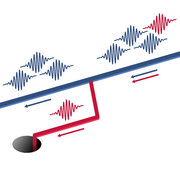
We experimentally and theoretically investigate the scattering of a photonic quantum field from another stored in a strongly interacting atomic Rydberg ensemble. Considering the many-body limit of this problem, we derive an exact solution to the scattering-induced spatial decoherence of multiple stored photons, allowing for a rigorous understanding of the underlying dissipative quantum dynamics. Combined with our experiments, this analysis reveals a correlated coherence-protection process in which the scattering from one excitation can shield all others from spatial decoherence. We discuss how this effect can be used to manipulate light at the quantum level, providing a robust mechanism for single-photon subtraction, and experimentally demonstrate this capability.
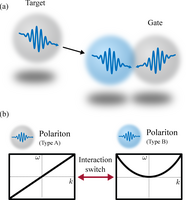
Coupling photons to Rydberg excitations in a cold atomic gas yields unprecedentedly large optical nonlinearities at the level of individual light quanta. Here, the basic mechanism exploits the strong interactions between Rydberg atoms to block the formation of nearby dark-state polaritons. However, the dissipation associated with this mechanism ultimately limits the performance of many practical applications. In this work, we propose a new approach to strong photon interactions via a largely coherent mechanism at drastically suppressed photon losses. Rather than a polariton blockade, it is based on an interaction-induced conversion between distinct types of dark-state polaritons with different propagation characteristics. We outline a specific implementation of this approach and show that it permits us to turn a single photon into an effective mirror with a robust and continuously tunable reflection phase. We describe potential applications, including a detailed discussion of achievable operational fidelities.
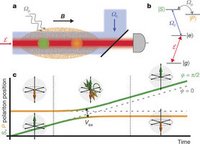
Realizing robust quantum phenomena in strongly interacting systems is one of the central challenges in modern physical science. Approaches ranging from topological protection to quantum error correction are currently being explored across many different experimental platforms, including electrons in condensed-matter systems, trapped atoms and photons. Although photon–photon interactions are typically negligible in conventional optical media, strong interactions between individual photons have recently been engineered in several systems. Here, using coherent coupling between light and Rydberg excitations in an ultracold atomic gas, we demonstrate a controlled and coherent exchange collision between two photons that is accompanied by a π/2 phase shift. The effect is robust in that the value of the phase shift is determined by the interaction symmetry rather than the precise experimental parameters, and in that it occurs under conditions where photon absorption is minimal. The measured phase shift of 0.48(3)π is in excellent agreement with a theoretical model. These observations open a route to realizing robust single-photon switches and all-optical quantum logic gates, and to exploring novel quantum many-body phenomena with strongly interacting photons.